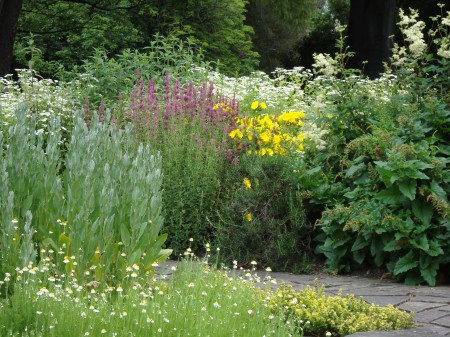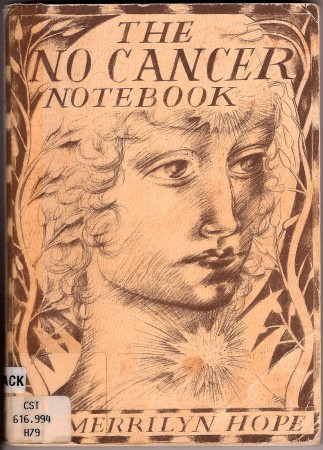 Herbal Health: Herbs For Enjoymehnt And As Herbal Medicine.
Herbal Health: Herbs For Enjoymehnt And As Herbal Medicine.
Herbal Teas are a great alternative to drinking all that regular tea and coffee. Coffee and tea definitely have their uses, and are very enjoyable to take, but when we overuse coffee and tea we can harm our health.
Here is a list of some of the more popular herbal teas to try. You can grow many of them yourself in your herb garden, which will help nature along by providing flowers for the bees, which in turn helps bees to thrive and do their job of pollinating our food crops for us when the time is right. Angelica, Borage, Catnip, Chamomile, Dandelions, Marigolds, Nettles, Feverfew, Lemon Balm, Peppermint, Spearmint and Yarrow are all easy-to-grow herbs which will grace your garden and attract the bees too.
Alfalfa Tea: This is very good as a digestive, as a tonic, a cleanser, and to make the body alkaline.
Angelica Tea: This herb has a soothing effect on the digestive system and is very pleasant to take.
Aniseed Tea: A very good digestive aid. Helps alleviate flatulence.
Blackcurrant Tea: A digestive. Provides some Vitamin C, Iron, and Flavanoids. Very pleasant to drink.
Blueberry Tea: Similar qualities to Blackcurrant Tea.
Borage Flower Tea: Helps lift the spirits and alleviate depression. Rich in silica which is good for nails, teeth and hair. Do not use if you are pregnant.
Catnip Tea: Very soothing and good for the digestion. Helps remove flatulence.
Chamomile Tea: Has a soothing effect on the digestion and on the nerves. Great to give in teaspoon doses to teething babies.
Chicory Tea: Useful as a substitute for coffee. Good for the liver.
Cornsilk Tea: Useful in increasing the flow of urine. Good as a kidney cleanser and blood cleanser. All herbs which benefit the kidneys have a helpful effect on hair growth and shine. Cornsilk tea can be used as a hair rinse.
Dandelion Tea: Made from the flowers or the roasted root, this is a very palatable tea. The leaves can be used too, but they do not taste so good. All parts of the dandelion help the liver and increase bile production. Also good for the kidneys.
Fennel Tea: Good for the taste buds. Helpful to the pancreas. A digestive aid. Good for flatulence. Teaspoon doses of a weak tea can be given to babies to relieve colic.
Fenugreek Tea: A nutrient-rich tea which is very alkaline in its effect. Used in alternative programmes sometimes to treat cancer, arthritis, and other conditions. Helps with prevention of cancer.
Ginger Tea: Made from fresh ginger root is best, but dried powdered ginger can also be used if you do not have fresh ginger on hand. Add a slice of lemon and a little honey. A wonderful aid to the digestion and helpful in driving away melancholy.
Hibiscus Flower Tea: The Hibiscus flowers are very refreshing to take. They can be added to other flowers such as rose petals, or chamomile, to make a soothing tea.
Hollyhock Tea: This is a demulcent. Two or three flowers can be combined with chamomile or rosepetals or another herb of your choice to make a palatable tea. Hollyhock is soothing to the nerves and to the mucous membranes. Useful in cases of persistent cough or sinus trouble.
Nettle Tea: Nettles are great to grow in the garden. Make sure they are away from the play area though, as they do sting. Rich in silica which is good for hair, teeth, nails and bone health. Nettle tea can be used as a hair rinse to nourish the scalp and create shiny hair.
Rose Petal Tea: This is a lovely tea when it is made from old-fashioned sweet scented petals. You can use the petals dried or fresh. A slice of orange can be added to make a delectable, refreshing, soothing tea.
 A reprint of Merrilyn’s 1980’s Health Book entitled: NO CANCER NOTEBOOK is available for purchase.
A reprint of Merrilyn’s 1980’s Health Book entitled: NO CANCER NOTEBOOK is available for purchase.
The cost is $60 New Zealand currency. This includes postage.
Send an email to [email protected] to order.
